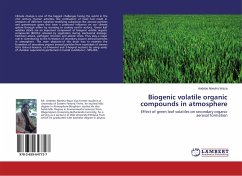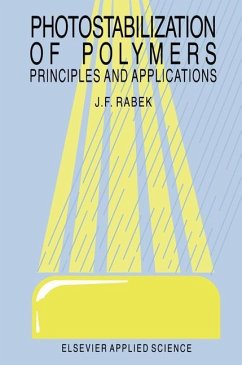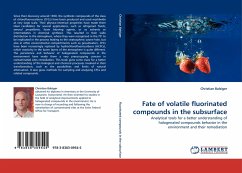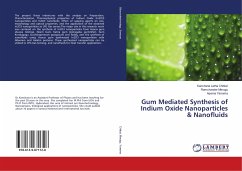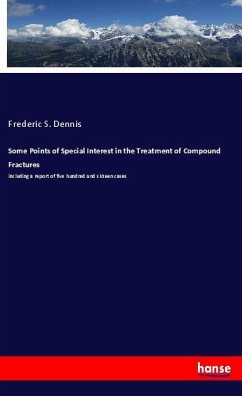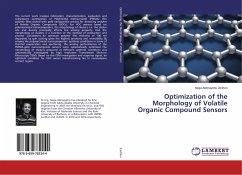
Optimization of the Morphology of Volatile Organic Compound Sensors
Versandkostenfrei!
Versandfertig in 6-10 Tagen
36,99 €
inkl. MwSt.

PAYBACK Punkte
18 °P sammeln!
The current work involves fabrication, characterization, evaluation and subsequent optimization of Poly(methyl methacrylate) (PMMA) thin polymer films coated with gold nanoparticle sensors for detecting analytes of Volatile Organic Compounds (VOCs). For VOC sensors based on polymer/metal nanocomposites, the morphology of clusters, i.e. the cluster size and density principally affects the sensing property. And the morphology of clusters is a function of the method of production and process parameters. An optimum polymer film thickness of 100 nm deposited by spin coating gives the highest sensit...
The current work involves fabrication, characterization, evaluation and subsequent optimization of Poly(methyl methacrylate) (PMMA) thin polymer films coated with gold nanoparticle sensors for detecting analytes of Volatile Organic Compounds (VOCs). For VOC sensors based on polymer/metal nanocomposites, the morphology of clusters, i.e. the cluster size and density principally affects the sensing property. And the morphology of clusters is a function of the method of production and process parameters. An optimum polymer film thickness of 100 nm deposited by spin coating gives the highest sensitivity and reversibility. By varying the polymer/metal nanocomposites' synthesis conditions in terms of thermal evaporation and sputtering, the sensing performances of the PMMA-gold nanocomposite sensors were systematically optimized. The morphology of clusters prepared at different synthesis conditions was systematically investigated by high resolution Transmission Electron Microscopy (TEM).Based on the TEM investigation and response signal, an optimum condition for VOC sensor manufacturing lies in nanoampere current region.




